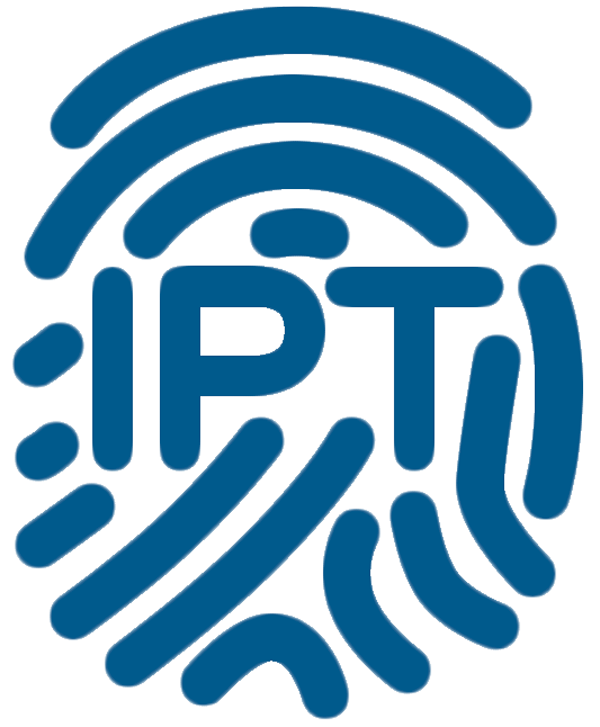From: "Chapter 8; Foreign Terrorist Organizations," Country Reports on Terrorism 2005, US Department of State, April 30, 2006.
a.k.a. MKO;
Mujahedin-e Khalq;
Muslim Iranian Students' Society;
National Council of Resistance;
National Council of Resistance (NCR);
Organization of the People's Holy Warriors of Iran;
The National Liberation Army of Iran (NLA);
The People's Mujahedin Organization of Iran (PMOI);
National Council of Resistance of Iran (NCRI);
Sazeman-e Mujahedin-e Khalq-e Iran
Description
The MEK advocates the violent overthrow of the Iranian regime. The MEK philosophy mixes Marxism, feminism, nationalism, and Islam. The group emerged as one of several political movements seeking to unseat the Shah in the 1960s. After Khomeini's regime arrested most of the MEK leadership a few years after the Islamic Revolution, many members fled to Europe. Saddam Hussein invited the group to Iraq in the late 1980s, where it reformed as a paramilitary organization and conducted several cross-border forays into Iran. A Marxist element of the MEK murdered several of the Shah's U.S. security advisers prior to the Islamic Revolution, and the group helped guard the U.S. Embassy after Islamic students seized it in 1979. Since then, the MEK has conducted terrorist attacks against the interests of the clerical regime in Iran and abroad.
Activities
The group's worldwide campaign against the Iranian Government stresses propaganda and occasionally uses terrorism. During the 1970s, the MEK killed U.S. military personnel and U.S. civilians working on defense projects in Tehran and supported the takeover in 1979 of the U.S. Embassy in Tehran. In 1981, the MEK detonated bombs in the head office of the Islamic Republic Party and the Premier's office, killing some 70 high-ranking Iranian officials, including Chief Justice Ayatollah Mohammad Beheshti, President Mohammad-Ali Rajaei, and Premier Mohammad-Javad Bahonar. Near the end of the 1980-1988 war with Iran, Baghdad armed the MEK with military equipment and sent it into action against Iranian forces. In 1991, the MEK reportedly assisted the Government of Iraq in suppressing the Shia uprisings in southern Iraq and the Kurdish uprisings in the north. In April 1992, the MEK conducted near-simultaneous attacks on Iranian embassies and installations in 13 countries, demonstrating the group's ability to mount large-scale operations overseas. In April 1999, the MEK targeted key military officers and assassinated the deputy chief of the Iranian Armed Forces General Staff. In April 2000, the MEK attempted to assassinate the commander of the Nasr Headquarters, Tehran's interagency board responsible for coordinating policies on Iraq. The normal pace of anti-Iranian operations increased during "Operation Great Bahman" in February 2000, when the group launched a dozen attacks against Iran. One of those attacks included a mortar attack against the leadership complex in Tehran that housed the offices of the Supreme Leader and the President. In 2000 and 2001, the MEK was involved regularly in mortar attacks and hit-and-run raids on Iranian military and law enforcement units and government buildings near the Iran-Iraq border, although MEK terrorism in Iran declined toward the end of 2001. The MEK leadership ordered its members not to resist Coalition forces at the outset of Operation Iraqi Freedom, and they surrendered their arms to Coalition forces in May 2003.
Strength
Over 3,000 MEK members are currently confined to Camp Ashraf, the MEK's main compound north of Baghdad, where they remain under the Geneva Convention's "protected person" status and Coalition control. As a condition of the cease-fire agreement, the group relinquished its weapons, including tanks, armored vehicles, and heavy artillery. A significant number of MEK personnel have voluntarily left the Ashraf group, and several hundred of them have been voluntarily repatriated to Iran.
Location/Area of Operation
In the 1980s, the MEK's leaders were forced by Iranian security forces to flee to France. On resettling in Iraq in 1987, almost all MEK armed units were stationed in fortified bases near the border with Iran. Since Operation Iraqi Freedom, the bulk of the group is limited to Camp Ashraf, although an overseas support structure remains with associates and supporters scattered throughout Europe and North America.
External Aid
Before Operation Iraqi Freedom, the group received all of its military assistance, and most of its financial support from the former Iraqi regime. The MEK also has used front organizations to solicit contributions from expatriate Iranian communities.
